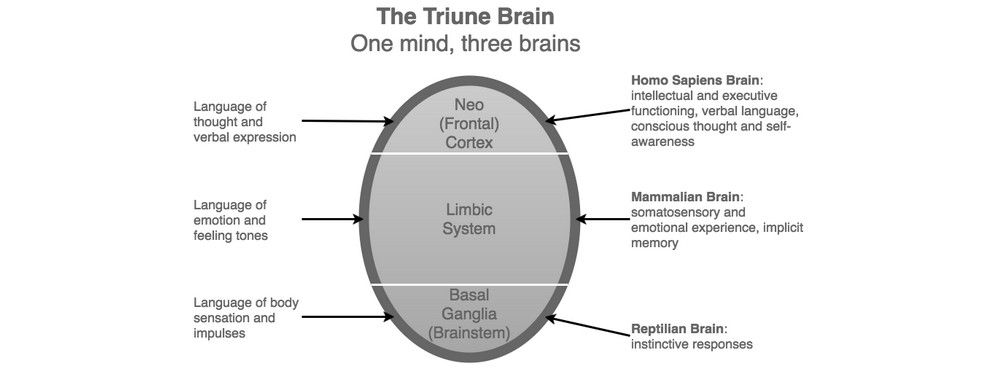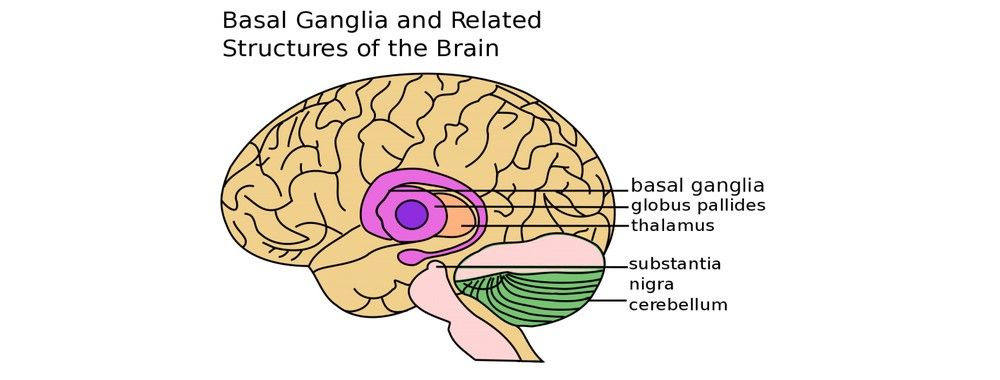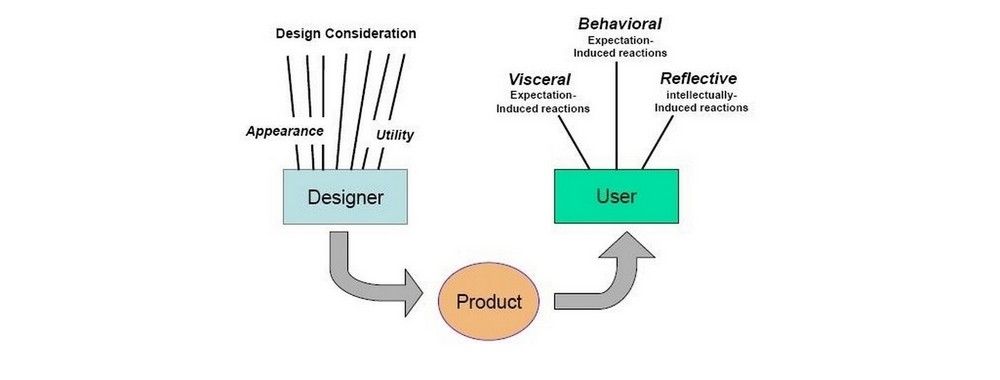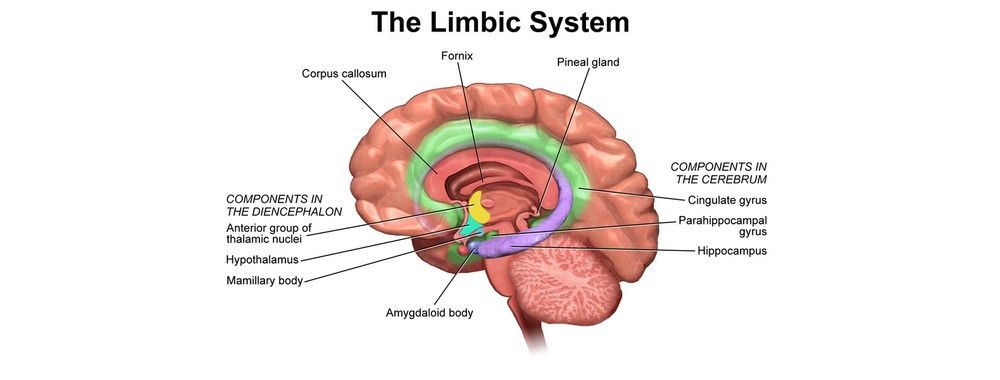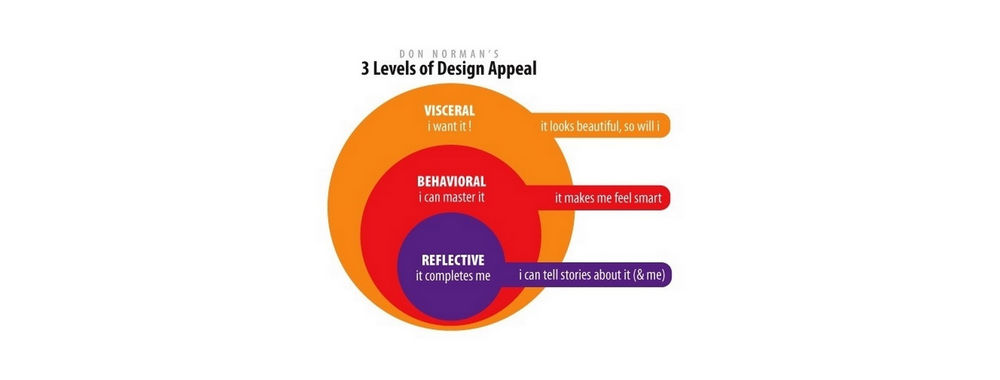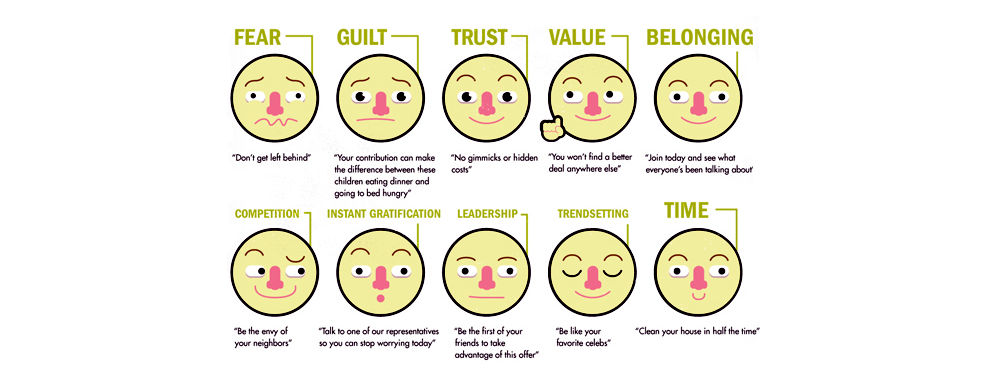In the 1960s, American neuroscientist Paul MacLean formulated the 'Triune Brain' model, which is based on the division of the human brain into three distinct regions. MacLean's model suggests the human brain is organized into a hierarchy, which itself is based on an evolutionary view of brain development. The three regions are as follows:
Reptilian or Primal Brain (Basal Ganglia)
Paleomammalian or Emotional Brain (Limbic System)
Neomammalian or Rational Brain (Neocortex)
According to MacLean, the hierarchical organization of the human brain represents the gradual acquisition of the brain structures through evolution. The triune brain model suggests the basal ganglia was acquired first, which is thought to be in charge of our primal instincts, followed by the limbic system, which is in charge of our emotions or affective system, then the neocortex, which is thought to be responsible for rational or objective thought.
MacLean's model claims that activity in the three brain regions (basal ganglia, limbic system, and neocortex) is largely distinct when we are engaged in each of the mental activities outlined above. For example, when we are in danger and must respond quickly, as an act of self-preservation, the reptilian structure is aroused, preparing us for action by initiating the release of chemicals throughout the body. When we are watching a shocking news story or receive an upsetting message, the limbic system is stimulated and, again, chemicals are released, which create our experience of emotions. Finally, when we are making decisions, solving problems or reasoning, the neocortex is engaged, without the involvement of the other brain structures.
Modern advances in brain-imaging have shown various regions of the brain are active during primal, emotional and rational experiences. These findings have led to the rejection of MacLean's notion of a triune brain in neuroscience. However, while this model is undoubtedly an oversimplification, the concept of a triune brain provides us with a useful way of assessing human analysis of sensory information, in addition to the relationship between the structure and functions of the human brain (Gould, 2003).
The Take Away
Paul MacLean introduced the concept of a triune brain in the 1960s. This model of brain structure and function is based on three specific regions of the human brain: the 1) basal ganglia, 2) the limbic system, and 3) the neocortex. Each of these structures is thought to be responsible for a specific group of mental activities: 1) the fight-or-flight survival response and other primal activities, 2) emotions, and 3) rational thinking. MacLean suggested that these structures developed in this order through evolution. However, while the triune brain model provides us with a neat way of looking at the relationship between structure and function in the human brain, evidence has shown various regions are involved in the three groups of activities outlined above. Therefore, there is no such neat division; instead, primal, emotional and rational mental activities are the product of neural activity in more than one of the three regions addressed in MacLean's model, and their collective energy creates human experience. Nevertheless, MacLean's model provides a clear view of mental activity, which can be beneficial when addressing the needs of users in our design projects.
References & Where to Learn More
Hero Image: Copyright holder: the Author, Copyright Terms and License: Public Domain
Course: The Brain and Technology: Brain Science in Interface Design
Dahlitz, M. (2016). The Triune Brain
